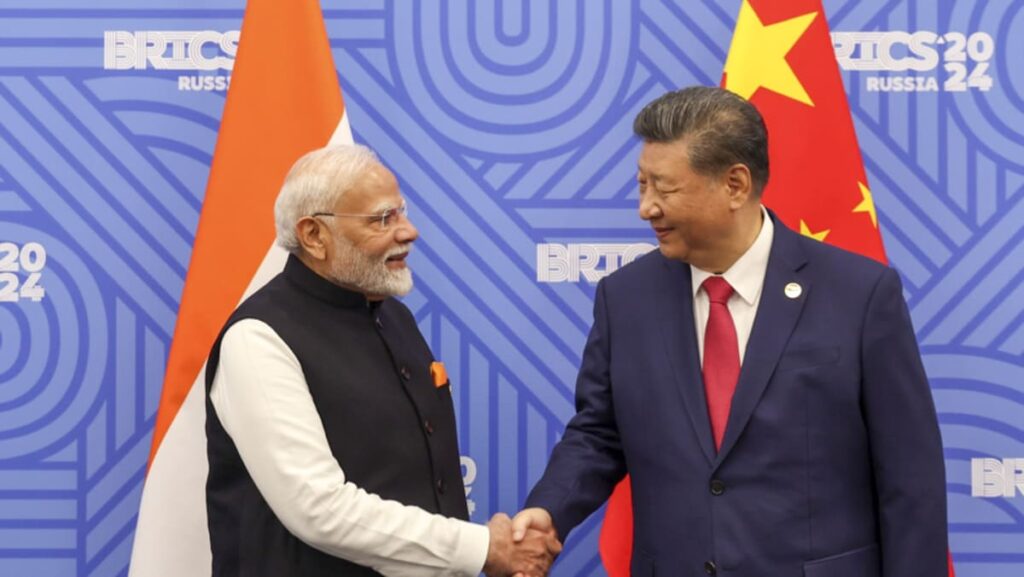REPLACING IMPORTS WITH FOREIGN INVESTMENT
Analysts say Chinese investment would not just help small businesses but could also bolster India’s large-scale manufacturing.
Jawaharlal Nehru University professor Swaran Singh said more Chinese manufacturing in India means that things that previously had to be imported can now be made locally with Indian input.
“(It) makes India’s exports competitive as well,” he added.
Chinese electronics giants Haier and Lenovo are reportedly looking at making products in India for export to the US, following tariffs imposed by US President Donald Trump’s administration.
They are hoping to capitalise on Trump’s decision on Wednesday (Apr 9) to temporarily reduce the tariff rates to a baseline 10 per cent on imports from most countries, except China, for 90 days.
The duty rate for Indian goods was previously set at 26 per cent. Goods made in China now face 145 per cent tariffs.
Experts say the latest White House announcement gives Indian exports a competitive edge against Chinese goods.
“Now, because of Trump pushing his way particularly through tariff hikes, some of the other alternatives will become more feasible in that sense,” said Singh.
However, businesses say India needs to play its cards right in balancing its relationship between the US and China, which are its two biggest trade partners.
WARMING UP BILATERAL TIES
Asia’s two largest economies are on Trump’s so-called “worst offenders” tariff list, and China is urging India to stand with it and make the most of their trade relationship.
Chinese President Xi Jinping and Indian Prime Minister Narendra Modi held talks for the first time in five years last October at the BRICS summit in Kazan, Russia.
“We want India and China to compete in a healthy and natural way,” said Modi during an appearance on American podcaster Lex Fridman’s show in March, ahead of Trump’s tariff announcements.
Xi responded earlier this month, describing bilateral ties as a “Dragon-Elephant tango” as he congratulated Indian President Droupadi Murmu on the 75th anniversary of their diplomatic relations.
Experts said Chinese companies moving manufacturing to India shows how a Delhi-Beijing partnership can insulate both economies from US tariffs.
“If Trump is everybody’s challenge, then everybody is trying to look for alternatives,” said Jawaharlal Nehru University’s Singh.
LOWER TRADE BARRIERS CAN RISK OVERSUPPLY
However, India currently runs a trade imbalance with China.
New Delhi’s trade deficit with Beijing was at US$85 billion last year, up from just over US$50 billion in 2019.
Analysts say it is primarily because India relies on China for machinery and for raw materials for the pharmaceutical and electronics sector.
They added that allowing Chinese firms to invest in India could help to significantly bring that trade imbalance down.
However, there are concerns of Chinese firms dumping cheap products if trade barriers are lifted, with one report warning that India is at “high risk” of oversupply from China.
A potentially equal trade relationship could be the incentive that both New Delhi and Beijing need to keep future border skirmishes at bay.
“If we can find a way to work together, then we won’t have to worry about countries like the US threatening us,” said Gupta from the Indo-China Chamber of Commerce.



